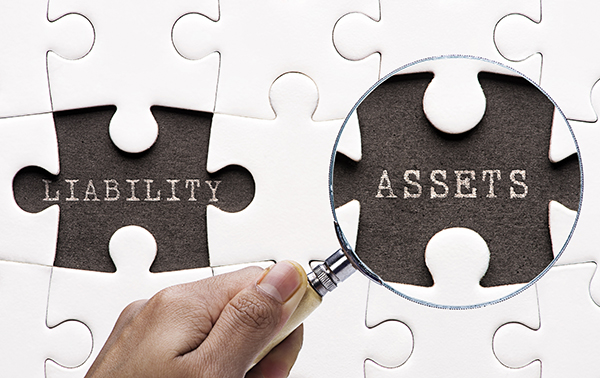Pensioner winners and losers

The biggest changes to the pension asset test in 10 years will occur on 1 January next year.
Whenever the government makes such drastic changes it creates winners and losers (and some that stay the same, but worry about the changes nonetheless). The important thing is to know which bucket you fall into and make a plan for how best to deal with the changes.
Here’s what’s changing…
Currently the asset thresholds are:
Single Homeowner – $209,000
Single Non-Homeowner – $360,500
Couple Homeowner – $296,500
Couple Non-Homeowner – $448,000
When your assets exceed the threshold your pension is reduced by $1.50 for every thousand dollars of assets per fortnight. To put it into context, if you exceeded the asset test by $100,000 your pension would reduce by $150pfn which is $3,900p.a. If you can earn more than 3.9% on that asset then you are better off.
Post 1 January the asset thresholds will increase to:
Single Homeowner – $250,000
Single Non-Homeowner – $450,000
Couple Homeowner – $375,000
Couple Non-Homeowner – $575,000
If your assets exceed the new threshold your pension will be reduced by $3 for every thousand dollars of assets per fortnight. So if your assets exceed the new threshold by $100,000 your pension would reduce by $300 per fortnight which is $7,800p.a meaning your assets would need to earn more than 7.8% for you to be better off.
Let’s look at some examples.
Let’s start with a winner…
Betty is a single homeowner with $248,000 of assessable assets outside her home.
Her pension entitlement now is $819pfn, post 1 January her pension will be $877pfn. But only if the majority of Betty’s assets don’t produce income: they are cars, caravans, boats, and vacant blocks of land.
If Betty’s assets were primarily income producing, let’s say she has $240,000 in investments and $8,000 in personal assets, then she is still a pension winner but her pension will increase by $4pfn not $58pfn.
Now let’s look at those who will stay the same – which is basically anyone who is currently receiving the Full pension. Why?, because the benefits of the change to the asset thresholds are increasing and you are already under.
Kevin is a single homeowner with $130,000 in investments and $20,000. He is entitled to $877pfn under the asset test and the same under the income test. Post 1 January his pension will remain the same.
Now let’s look at the losers…
Fred and Shirley are homeowners with $600,000 in investments and $50,000 in personal assets.
They currently receive $792pfn of pension entitlement (combined), they earn $15,000p.a from their investments – meaning that their combined annual income is a little over $35,000p.a
Post 1 January, their pension will drop to around $497pfn (combined), which means that their combined annual income (assuming they continue to earn $15,000p.a from their investments) will be around $28,000p.a
There are a couple of key messages the government are sending to retirees in these changes. The first is that the means testing arrangements are likely to get tougher not easier and the second is that cash and fixed interest investments are not risk free.
You see if the investment returns you get are not sufficient to meet your cash flow needs you can be forced to dip into your capital. Sure, the investments themselves are not at risk of the same volatility as they are in shares but the irony is avoiding the potential drop in the value of your investments due to market volatility doesn’t mean that you are preserving the value of your capital. It’s just that it’s you that’s eating it, not the market.
With all this focus on the asset test, let’s not forget that the income test is also part of the calculation of your pension entitlement. Reducing your pension at 50c per dollar of income, whether that is actual income or deemed. Here again the government are also not assuming that you are only invested in cash and fixed interest. The current deeming rate on the amount above $49,200 (single) or $81,600 (couple) is 3.25%, a rate of return that is hard to get in cash or term deposit at the moment.
The bottom line is retirees need to take more responsibility (and maybe a little more risk) in meeting their retirement income needs. While these changes are the biggest we have seen in nearly 10 years don’t expect they will be the last we see for another decade.
Article by Rachel Lane, Principal, Aged Care Gurus. Spring 2016.